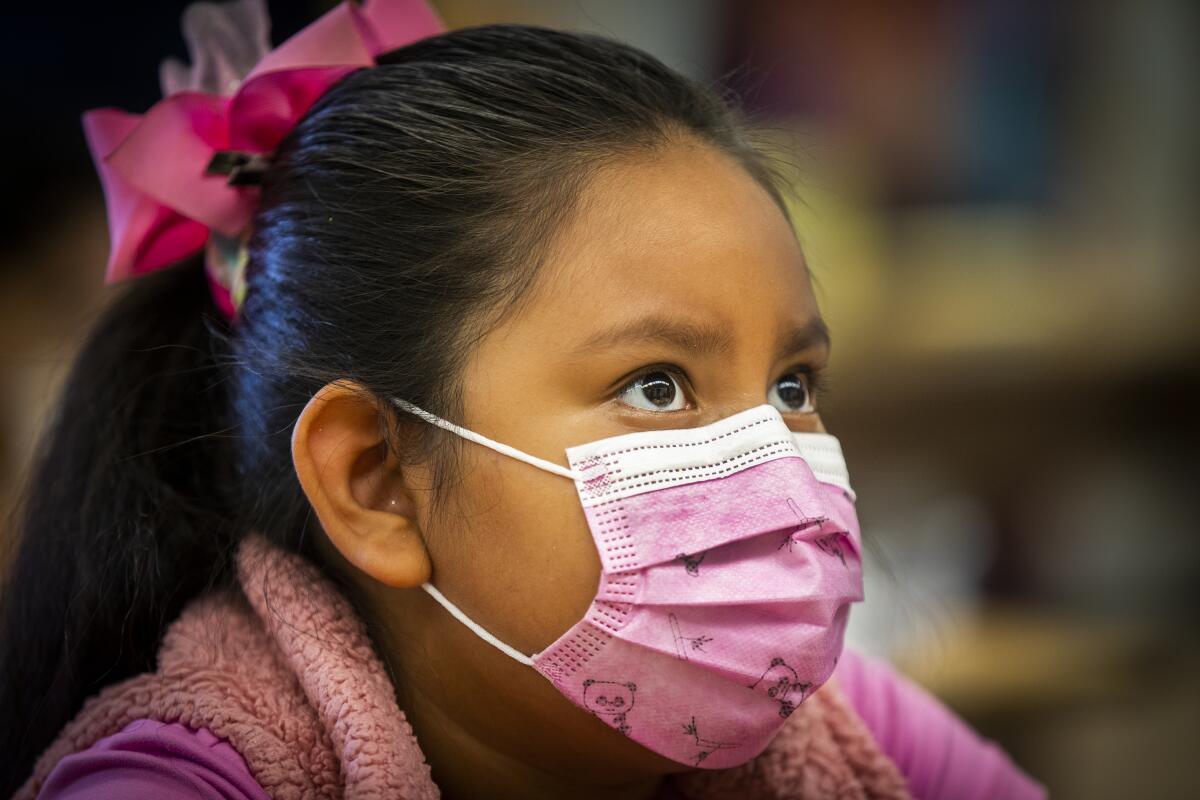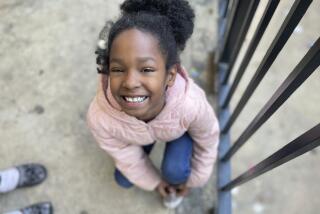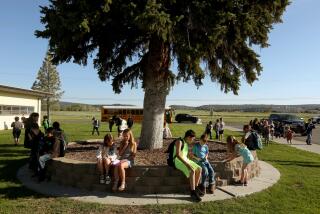Editorial: Learning loss is real. Stop pretending otherwise.

Over the past year and a half, educators and policymakers fretted over the “learning loss” suffered by students because of remote education, which appeared to be affecting low-income, Black and Latino students the most. Once they returned to physical classrooms, how could we best bring them up to par?
But now a faction of educators and others are rejecting both the term and the idea that there is a serious academic problem. They come from some teachers’ unions, including the president of United Teachers Los Angeles, as well as from some social scientists and other education advocates.
Others have suggested that not only is learning loss a myth but that suggesting it exists is racist because it pigeonholes Black and Latino students and reinforces an unfairly negative image of them. It is, in their eyes, a ploy by capitalist reformers and the companies that create standardized tests to hound public schools.
In an interview with The Times editorial board, UTLA president Cecily Myart-Cruz said she won’t even talk about learning loss, and she expanded on that view in a recent article in Los Angeles magazine.
“There is no such thing as learning loss,” she told the reporter. “Our kids didn’t lose anything. It’s OK that our babies may not have learned all their times tables. They learned resilience. They learned survival. They learned critical-thinking skills. They know the difference between a riot and a protest. They know the words insurrection and coup.”
It’s tempting to give just a one-word, obvious response to this sort of statement: Baloney.
It is imperative for the public, parents and policymakers to recognize that this rosy view of the pandemic’s outcome is a form of denial that threatens to compound the harm already visited on vulnerable young people during the last 18 months. We don’t need to panic and pressure students and teachers who have been through a rough time and for whom daily school life has not really returned to normal yet. But we have to admit that there’s a problem before we can work on making things better.
First, it’s necessary to understand what “learning loss” describes. It doesn’t mean that the children who just entered third grade somehow lost everything they learned in the past year and a half and know less than they did before the COVID-19 pandemic started. Almost all students learned, except maybe those who darkened their videoconferencing profile during classes and checked out. Some of them absorbed close to the same as if they’d been in physical classes every day, studies have found.
But most of them didn’t nearly learn as much as they would have during a normal, in-person year, despite what were often acts of pedagogical heroism by teachers. And the evidence that the pandemic put the brakes on academic progress, with special harm to Black, Latino and Native American students, is overwhelming. Two recent reports detailed how much further behind students were from where they would have been if the pandemic had not shuttered their campuses. The gaps are much bigger for those three groups, who had been struggling more in school long before the pandemic.
It’s not clear how anyone would know whether or how many students learned resilience and critical thinking rather than simply being traumatized by the abnormal days of pandemic life and lacking counseling and a social life. And it’s good if they learned the word “insurrection,” but that’s an infinitesimal part of what students need academically, which include reading, writing, research, analysis and math skills at the very least. One of the reports said that significant numbers of students are unlikely ever to reach the education levels that they otherwise would have achieved, which will cost them dearly in terms of stability and earning power over their lifetime, and cost society as a whole.
Standardized tests are not and never should have been the be-all measurement of academic excellence. But they are not the work of the devil; they can be one useful tool for assessing what students are learning and what areas most need addressing.
A recent report out of a UC Berkeley-based learning institute detailed the innovative ways in which teachers at charter schools overcame the obstacles of remote learning and have been maximizing their students’ learning. But at least some traditional public schools, such as Glendale Unified, are taking extraordinary steps as well to build on kids’ successes during the pandemic while addressing the learning gaps that confront individual students. L.A. Unified is providing specialized, individualized help for primary-grade students in reading and math.
Looking for new and different ways to engage students who have been through a disruptive time doesn’t have to mean making already exhausted teachers do additional work or blaming them for what students didn’t learn if they turned off their computer cameras during class.
But we also can’t address a problem — and it is a problem, even if they know the difference between a protest and a coup — unless we are willing to name it, look it in the eye and recognize its truth.
More to Read
A cure for the common opinion
Get thought-provoking perspectives with our weekly newsletter.
You may occasionally receive promotional content from the Los Angeles Times.










